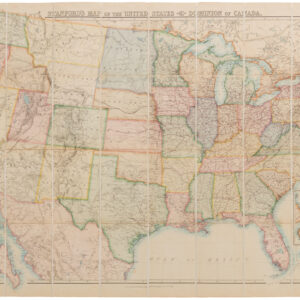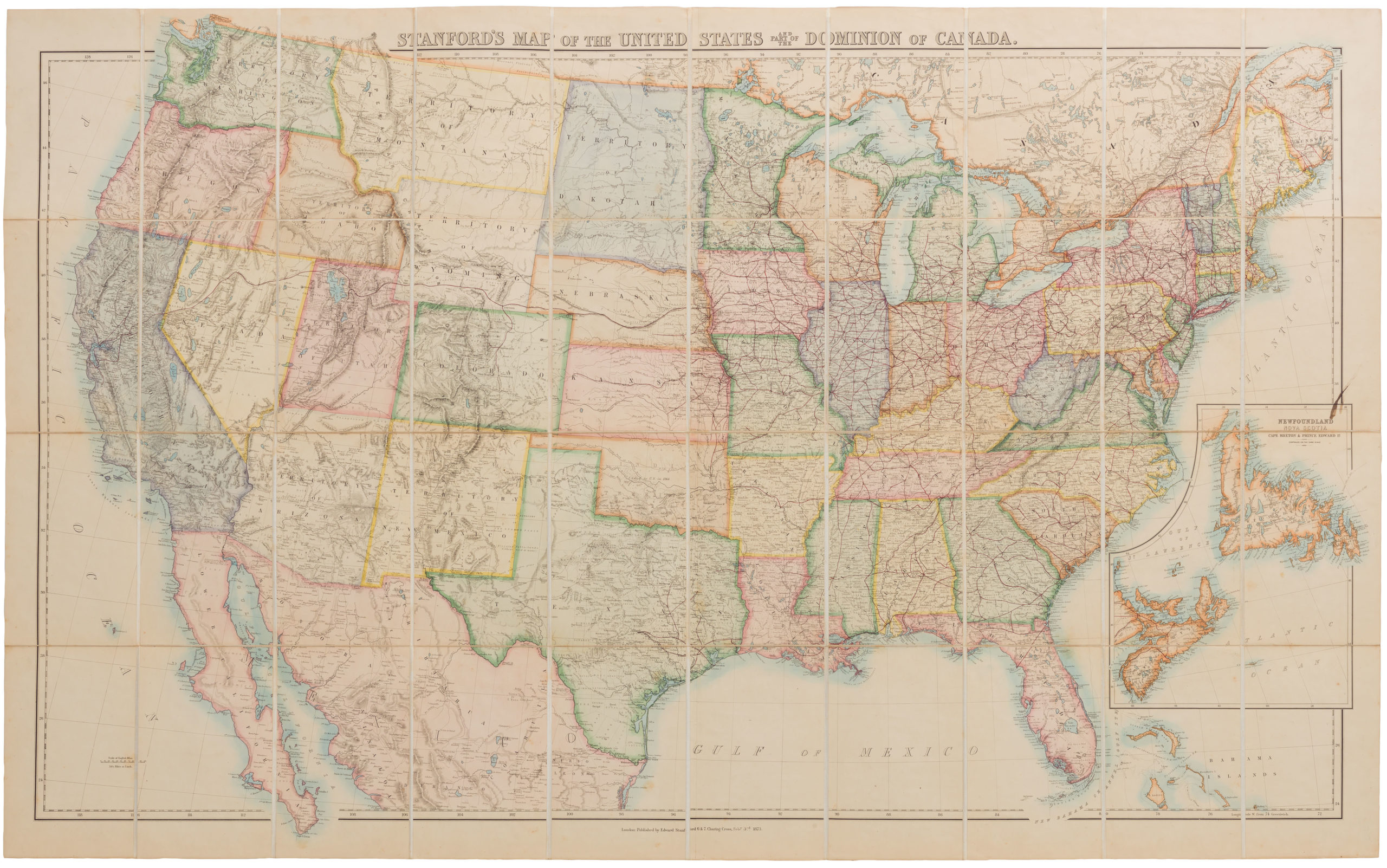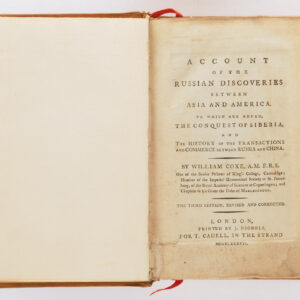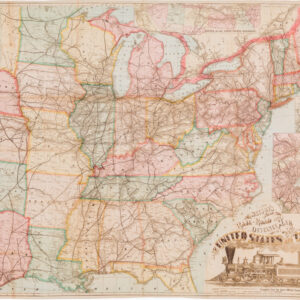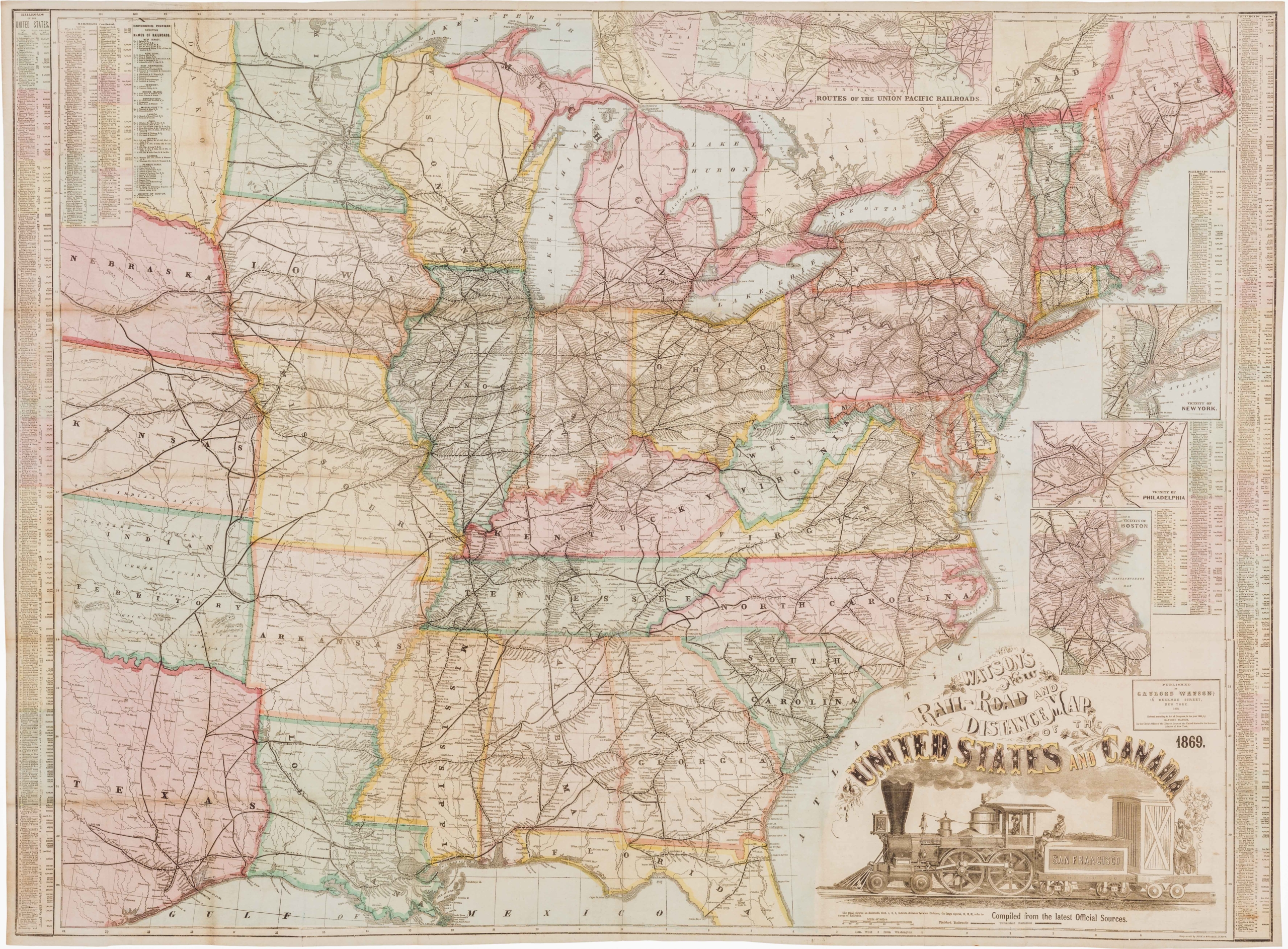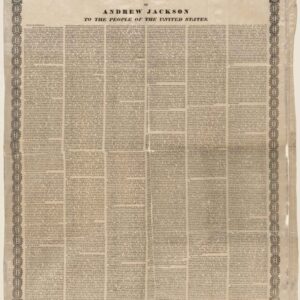Koester & Zander’s subdivision of Chicago’s Grayland Park.
Grayland Park Subdivision.
Out of stock
Description
This cadastral map shows the individual plots available in the new Grayland Park neighborhood of Chicago. It was produced as a lithograph by the famous Chicago printer Koester & Zander and was one of several cadastral maps created for the sale of plots in this new area of the Windy City.
The map shows 16 blocks bounded by Irving Park Blvd, Milwaukee Avenue, West 48th Street (Jefferson Ave.), Grace Street, and West 52nd Street. Printed in green at the center of the map is Koester & Zander’s address at 69 Dearborn Street, which is repeated at the base of this commercial real-estate broadside.
The map forms the center of the image, with each plot delineated. Red plots have already been sold and, in some cases, developed, revealing that this is one of the later maps Koester & Zander created for this area. Surrounding the central map, we find images of some plots already developed using monumental architecture. Most of these examples constitute the private homes of individuals, but the spread also includes features that might help sway potential buyers. The latter consists of a view of Milwaukee Avenue that sports the latest transportation infrastructure (trolley car) and an image of the local Grayland School.
The map was created as a folding map, and the verso contains with additional information and important notices. Among these, we find a smaller map of Chicago, locating Grayland Park in the urban landscape. Other than this, extensive texts provide essential information on this new area. This includes information for buyers and sellers, advertisements for mortgage lenders, images of the police and fire station, and some of the most outstanding architecture. This side of the map and the use of multiple colors in the printing make it evident that this sheet was printed for commercial and promotional purposes.
Context is Everything
Grayland Park was established in 1913 in the Irving Park neighborhood of Chicago. The Northwest Park District developed the park to address the need for green space in the rapidly growing residential area. This development was part of a broader city initiative to enhance urban living by creating public parks where residents could enjoy recreational activities and connect with nature.
Initially, Grayland Park featured open lawns, walking paths, and benches, creating a peaceful retreat for local families. As the area continued to grow and evolve, the park’s amenities were expanded to include playgrounds, sports fields, and picnic areas. These additions reflected the changing interests of the community and the growing popularity of organized sports. The park became a central gathering place, hosting various events and serving as a hub for recreational activities.
Today, Grayland Park remains a vital part of the Irving Park neighborhood. It continues to attract residents of all ages, offering a lush venue for community events and outdoor activities. Grayland Park has successfully maintained this role as a green oasis within the urban environment, fulfilling its original purpose while adapting to contemporary needs.
Census
This map is scarce. The OCLC lists only a single example, held at the Newberry Library in Chicago (no. 1130757761). As Koester & Zander created various cadastral maps of the Grayland Park area, Neatline’s example may constitute variant not in institutional collections.
Cartographer(s):
Koester & Zander was a prominent printing firm based in Chicago and active during the late 19th and early 20th centuries. Founded by Frederick Koester and Herman Zander, the company quickly gained a reputation for high-quality printing and innovative design work. Operating in an era when Chicago was a booming industrial and cultural center, Koester & Zander capitalized on the city’s growing demand for printed materials, producing everything from business cards and letterheads to catalogs and promotional materials. Their work was distinguished by meticulous craftsmanship and a commitment to excellence, which earned them numerous contracts and a loyal clientele in the region.
The firm was particularly noted for its ability to integrate artistic elements into its commercial printing, often collaborating with local artists and designers to create visually striking pieces that stood out in a competitive market. This approach not only enhanced their products’ aesthetic appeal but also helped set new standards in the printing industry during a time of rapid technological advancement. Koester & Zander’s success contributed to Chicago’s reputation as a significant hub for the printing industry, known as the “Printing Capital of the World” by the early 20th century.
Despite the challenges of economic fluctuations and the evolution of printing technology, Koester & Zander maintained a strong presence in the industry until their eventual decline in the mid-20th century. While the company is no longer in operation, its legacy can be seen in the rich history of Chicago’s printing industry and the many high-quality printed works that continue to be appreciated by collectors and historians alike. Koester & Zander’s contributions to the field exemplify the blend of artistry and craftsmanship that defined Chicago’s printing scene during its golden age.
Condition Description
Wear along folds.
References
